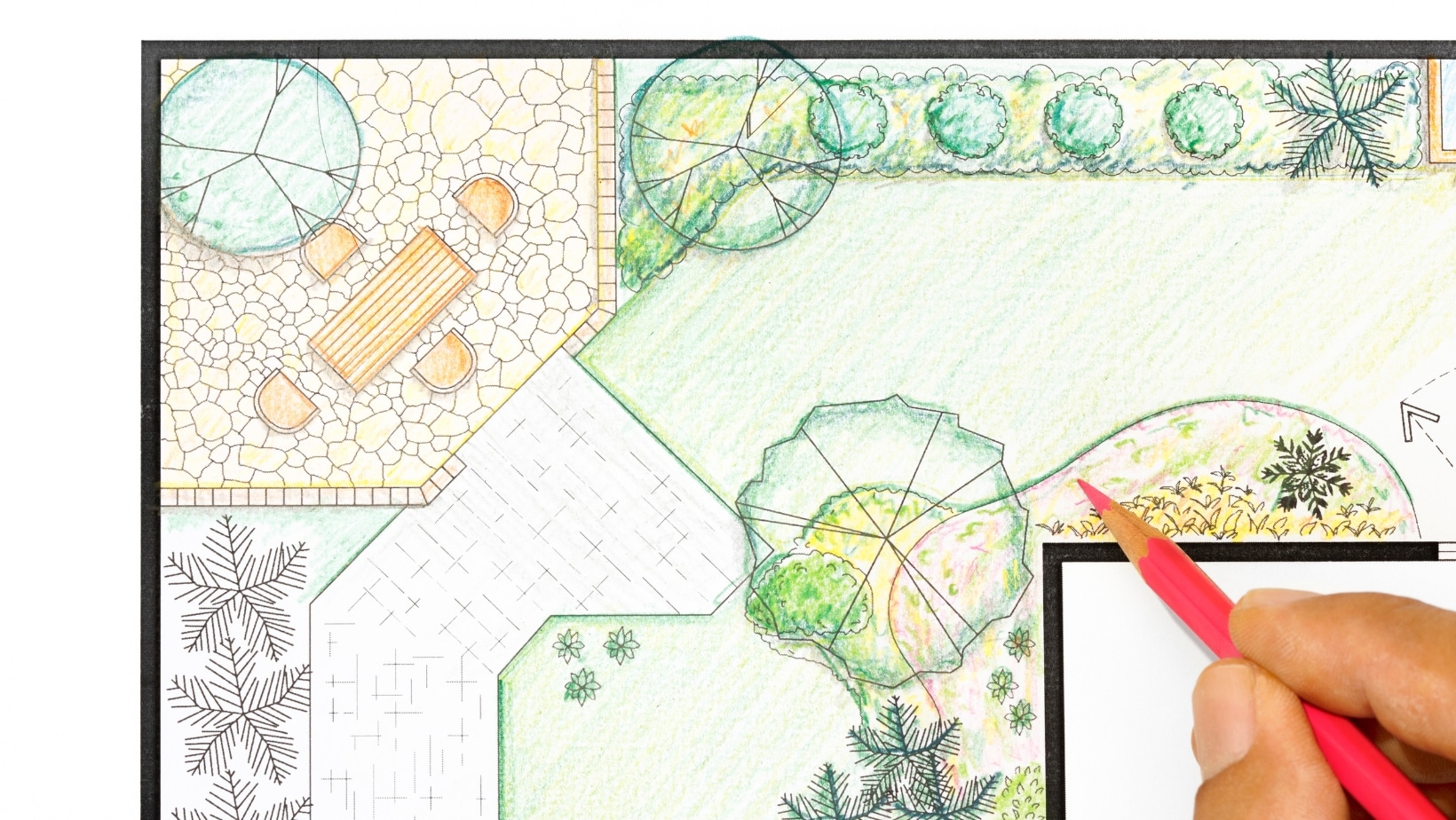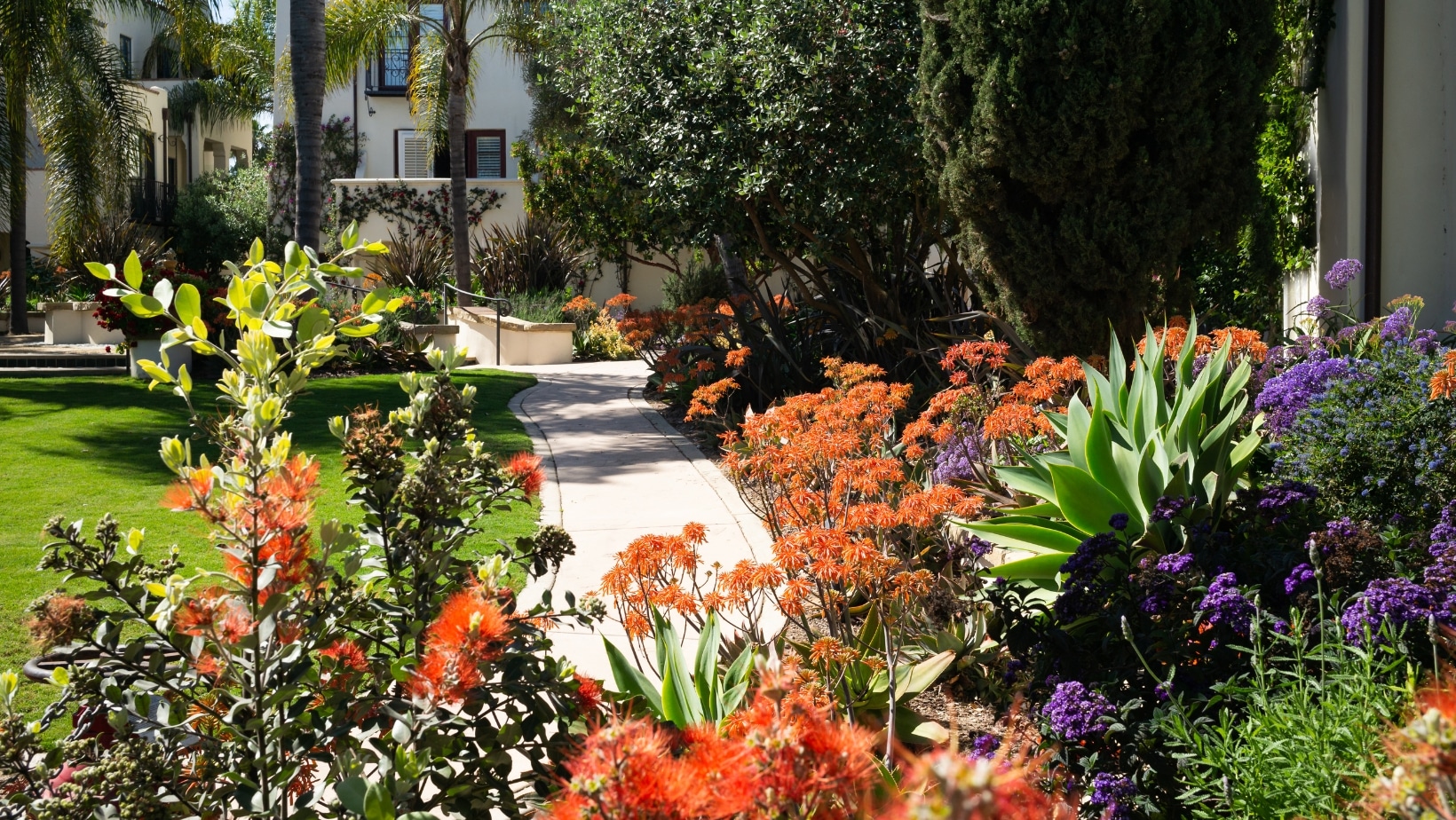A garden design PDF can be a great resource to spruce your garden and create a beautiful outdoor space.
With expert tips and tricks, you can learn how to create a stunning garden that reflects your style and meets your needs.
Download our ultimate guide to garden design PDF and get started on your dream garden today.
NOTE: Get Your Ultimate Guide to Garden Design PDF Download Below.
Understanding the Basics of Garden Design
Before diving into the world of garden design, it’s essential to understand the basics.
This includes understanding the different types of gardens, such as formal, informal, and naturalistic, as well as the principles of design, such as balance, proportion, and unity.
By mastering these basics, you’ll be able to create a garden that looks beautiful and functions well.
Designing a Garden for Beginners
Designing a garden as a beginner involves several key steps:
- Assess your space: Evaluate the size, shape, and existing features of your outdoor area, considering factors like sunlight exposure and soil quality.
- Determine your goals: Clarify what you want to achieve with your garden, whether growing flowers and vegetables, creating a relaxation space, or attracting wildlife.
- Make a rough sketch: Create a simple garden layout on graph paper or a sketchpad, outlining areas for planting beds, pathways, seating, and focal points.
- Choose plants wisely: Choose suitable for your climate, soil type, and sunlight conditions, considering their height, spread, blooming season, and maintenance requirements.
- Create zones: Divide your garden into functional areas, such as vegetable beds, flower gardens, seating spots, or water features, each with design and plant selection.
- Consider layout and proportions: Plan the placement of plants and hardscape features, aiming for a balanced and harmonious arrangement while allowing sufficient space for growth and movement.
- Add hardscape elements: Enhance your garden with pathways, borders, raised beds, or seating areas using materials that complement your design theme.
- Personalize your garden: Incorporate personal touches like ornaments, decorative pots, or unique focal points to reflect your style and make the space more inviting.
- Maintenance considerations: Factor in the time and effort required to maintain your garden, choosing plants and incorporating features that suit your level of commitment.
- Start small and evolve: Begin with a manageable garden size and gradually expand or experiment with new plants and designs as you gain experience and confidence.
Designing a garden is a creative process, so feel free to seek inspiration from various sources and enjoy the journey of cultivating your outdoor oasis.
Choosing the Right Plants for Your Garden
When it comes to garden design, choosing the right plants is crucial.
Consider your area’s climate, soil conditions, and the sunlight and shade your garden receives.
You should also think about the purpose of your garden – are you looking to create a relaxing retreat or a productive vegetable garden?
Once you have a clear idea of what you want to achieve, you can start selecting plants that will thrive in your garden and help you achieve your goals.
Don’t be afraid to mix and match different types of plants to create a unique and visually appealing garden.
Creating a Garden Layout and Design Plan
Before you start planting, creating a garden layout and design plan is essential. This will help you visualize your garden’s appearance and ensure you maximize the available space.
Start by measuring your garden and drawing a rough sketch of the area. Then, consider the elements you want to include, such as paths, seating areas, and water features.
Think about how you want to divide the space and where you want to place different types of plants.
You can use online tools or garden design software to help you create a more detailed plan.
Incorporating Hardscaping and Outdoor Structures
Hardscaping and outdoor structures can add much interest and functionality to your garden design.
Consider adding a patio, deck for outdoor seating, pergola, or arbor for shade and visual interest.
Retaining walls can help to create different levels and add texture to your garden.
Don’t forget about pathways and edging, which can help define different areas and structure your design.
When incorporating hardscaping and outdoor structures, consider the materials and style that will complement your overall garden design.
Garden Design Tool
Garden design tools can help plan your garden.
Consider using graph paper or design software to create a scaled layout.
The measuring tape is essential for accurate measurements, while garden planner apps and online design tools offer convenient virtual options.
Explore plant catalogs and guides for inspiration and guidance on plant selection. Garden design books and magazines can provide additional ideas and styles.
A pencil and paper allow quick sketching, and garden design templates offer pre-designed layouts.
Utilize a color wheel for choosing appealing color schemes.
Lastly, find inspiration from nature and garden tours to spark ideas for your design.
Remember, these tools are meant to assist and inspire your creativity in designing a beautiful garden.



